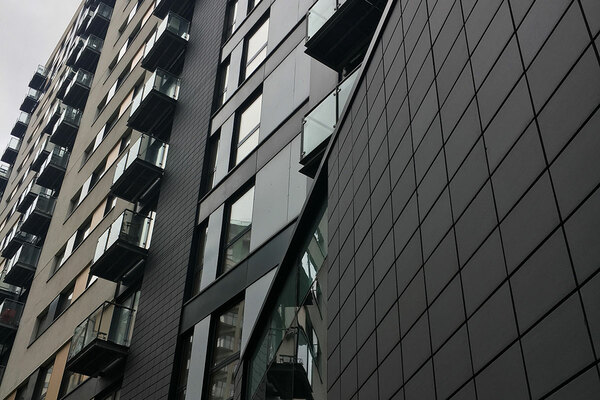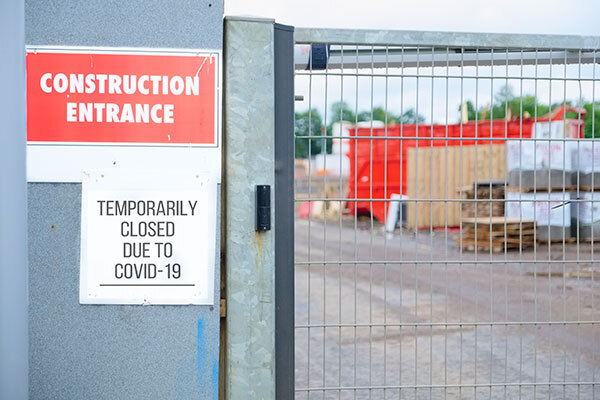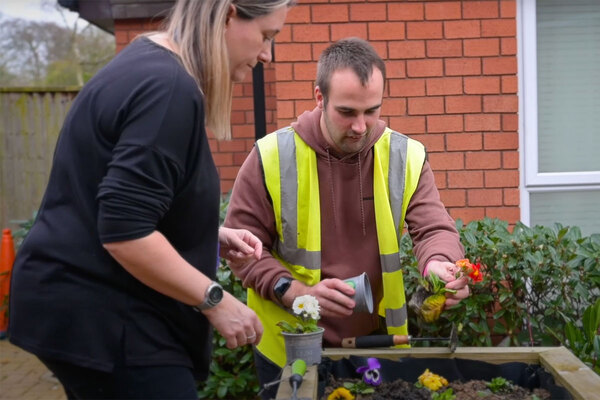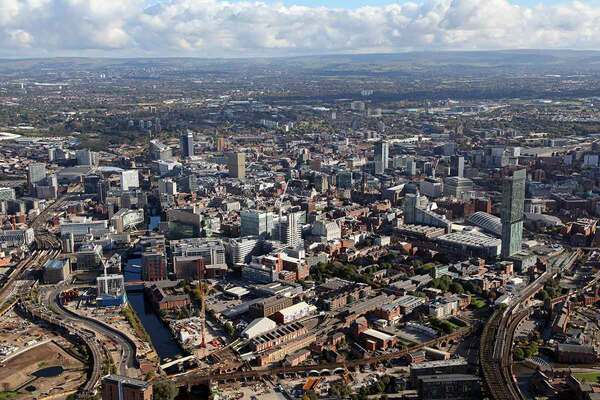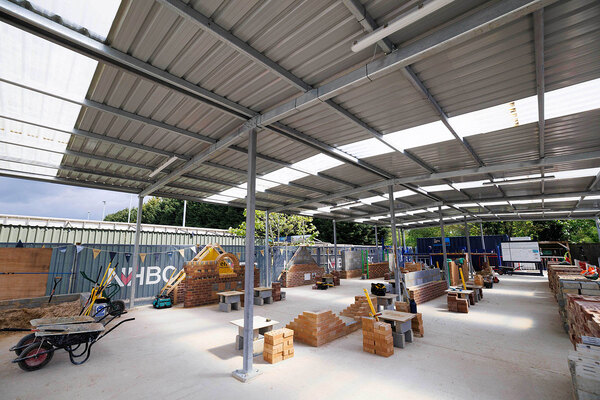You are viewing 1 of your 1 free articles
Government loses £395,000 on Help to Buy loans for flats in ACM-clad blocks
The government has lost less than half a million pounds on Help to Buy loans on properties in buildings wrapped in Grenfell-style cladding, despite many homes with dangerous cladding being valued well under their true value.
In a Freedom of Information (FOI) response to Inside Housing, Homes England, the government’s administrator of the Help to Buy programme, revealed that the government had lost £395,000 across 119 Help to Buy loans redeemed by leaseholders in properties covered in aluminium composite material (ACM).
The revelations come despite fears in the immediate aftermath of the Grenfell Tower tragedy that the government could be forced to write off millions of pounds of taxpayers’ money invested in the Help to Buy scheme through leaseholders redeeming their loans on a much-reduced property value due to the presence of ACM on their blocks.
The Help to Buy scheme was launched in 2013 as a way of helping first-time buyers onto the property ladder with government-backed equity loans. The scheme sees the government provide 20% – or 40% in London – of the market value of the property at the time of buying.
Under the terms of a Help to Buy agreement, loans can be redeemed on the value of the property at the time of redemption rather than the value of the original loan. This means that if the value of the property is lower than the original purchase price, the amount the customer repays can be lower than the amount originally borrowed.
In 2018, The Guardian reported that Homes England agreed to virtually wipe out Help to Buy loans on a flat in the New Capital Quay development in south-east London due to the presence of ACM cladding reducing the cost of the woman’s property from £500,000 to £50,000.
This resulted in the leaseholder only having to pay £10,000 of the £85,000 loan she had taken out, meaning a loss of £75,000 for Homes England. There were fears that this could be repeated across ACM-clad blocks.
However, the latest figures show that there have only been a limited number of cases similar to the one at New Capital Quay. Out of the 119 Help to Buy loans redeemed by properties in ACM-clad buildings, 21 were redeemed at values lower than the original price.
Figures as of the end of June 2020 show there were 276 homes supported by Help to Buy equity loans in at-risk buildings covered in ACM.
Of those homes, 157 loans across 28 buildings were still live, meaning the customer had not yet repaid the loan in full. The remaining 119 had been fully redeemed, with only 21 leaseholders paying less than the original loan amount.
The value of flats across the country has seen their market value drop by tens of thousands of pounds since the Grenfell tragedy due to dangerous cladding and other fire safety issues being discovered.
Inside Housing has asked Homes England why some of the ACM buildings could be redeemed at a lower price and some could not. A spokesperson for the organisation said the redemption value of all Help to Buy equity loans is the market value of the property at the time.
They added that many factors influence property prices, so it could not confirm if the lower redemptions were due to cladding.
The 21 loans that were reclaimed at lower than the original price represent 18% of all of the loans redeemed in ACM blocks.
This is just under the 2019 figures on all Help to Buy properties, including houses, which saw 18.7% of all those that reclaimed, redeeming at a lower value. Homes England has given no indication of why the percentage of loans redeemed at a lower level are not far higher for properties in buildings with cladding.
The majority of works to replace ACM cladding are to be funded by developers, warranties or the government’s £200m ACM fund. The fact that leaseholders will be sheltered from these costs could account for some properties being valued at an unaffected market value.
More than 250 private sector residential buildings taller than 18m were found to have ACM cladding following the Grenfell Tower fire, with 200 buildings still yet to have cladding fully removed.
Inside Housing asked Homes England in its FOI if it had figures on the number of Help to Buy homes in blocks with dangerous non-ACM cladding, but the agency said that it did not hold that information because there was no business or legal reason to do so.
In November, Inside Housing reported that Homes England was preventing leaseholders from selling their homes at a price that does not take into account the dangerous materials on the property. This effectively makes them unsellable as buyers are unlikely to purchase properties with potentially large remediation bills at anything but heavily reduced prices.
Inside Housing understands that many estate agents are only accepting cash buyers on properties in multi-occupancy blocks and giving offers well under the asking price.
The story in November also revealed that one leaseholder living in a block with the same insulation used on Grenfell Tower had been barred from redeeming at a lower price, despite a surveyor valuing the man’s home at £200,000 – well below the £435,000 unaffected market value.
Homes England said it could not redeem at this value because the valuation was from a surveyor not approved by Homes England.
Responding to the ACM figures, a Homes England spokesperson said: “The redemption value of all Help to Buy: Equity Loans is the market value of the property at the time. A RICS [Royal Institution of Chartered Surveyors] surveyor confirms the market value based on comparable property sales in the area.
“If the property value of the property is higher than the original purchase price, the equity loan amount the customer repays will be higher. If the market value is lower, the amount the customer repays will be lower than the amount they borrowed. This is an accepted risk of the equity loan for both the government and the customer.”
Sign up for our development and finance newsletter
Already have an account? Click here to manage your newsletters
